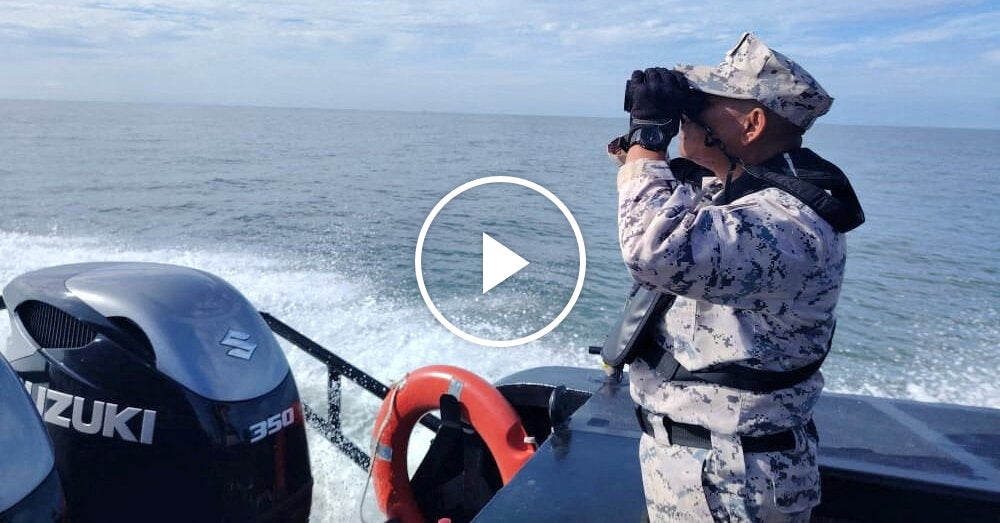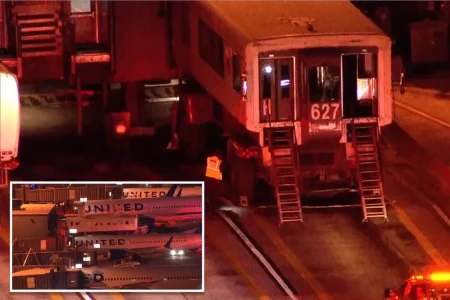Desperate Search for Rohingya Migrants Continues Off Malaysian Coast
Maritime Rescue Operations Intensify as Death Toll Rises in Latest Refugee Crisis
By Sarah Montgomery | International Correspondent
November 10, 2025
In the early dawn hours, Malaysian maritime authorities continued their desperate search for survivors after a boat carrying Rohingya refugees capsized off the country’s northwestern coast. The grim discovery of several bodies floating near the wreckage has intensified concerns about the fate of hundreds more migrants believed to be aboard a second vessel that remains unaccounted for in the Andaman Sea. This latest maritime disaster underscores the ongoing humanitarian crisis facing the persecuted Rohingya minority, who continue to flee violence and discrimination in Myanmar despite the perilous journey across open waters.
Tragic Discovery Amid Challenging Search Conditions
“Every hour that passes diminishes our hopes of finding survivors,” said Commander Ibrahim Rahman of the Malaysian Maritime Enforcement Agency, as patrol vessels combed the vast search area. The recovery operation has been hampered by rough seas and deteriorating weather conditions, with rescue teams battling two-meter swells and limited visibility. Military personnel in camouflage uniforms could be seen scanning the horizon with binoculars from the decks of search vessels, their faces etched with determination and growing concern.
The capsized vessel is believed to have been carrying approximately 120 Rohingya refugees, including women and children, according to survivor accounts. Authorities have recovered 18 bodies thus far, while 37 survivors have been pulled from the water. The remaining passengers are presumed lost at sea, though search teams refuse to abandon hope. “We will continue searching until we’ve exhausted all possibilities,” affirmed Rahman, as helicopters circled overhead and additional vessels joined the expanding rescue effort.
Second Vessel With Hundreds Aboard Remains Missing
Adding to the unfolding tragedy is the disappearance of a second, larger vessel reportedly carrying between 300 and 400 Rohingya refugees. The boat issued a distress call approximately 70 nautical miles northwest of Penang three days ago before communications abruptly ceased. Malaysian authorities, working in coordination with Thai and Indonesian naval assets, have expanded their search radius to cover over 4,800 square kilometers of open ocean.
“This could potentially become one of the deadliest maritime disasters in the region in recent years,” noted Dr. Amina Khatun, a migration specialist with the International Refugee Council. “These overcrowded vessels lack basic safety equipment and are often piloted by inexperienced crew members or human traffickers with little regard for human life.” Satellite imagery and aerial reconnaissance have thus far failed to locate the missing vessel, raising fears that it may have sunk without trace in the notoriously unpredictable waters between Myanmar and Malaysia.
Desperate Flight From Persecution Continues Despite Dangers
The Rohingya, a predominantly Muslim ethnic minority, have faced decades of systematic persecution in Myanmar, where they are denied citizenship and basic rights. The 2017 military crackdown in Rakhine State triggered a mass exodus, with over 700,000 fleeing to neighboring Bangladesh. Despite international condemnation and calls for Myanmar to address the underlying causes of displacement, the humanitarian situation remains dire, compelling many to risk the dangerous maritime journey to Malaysia, Indonesia, and Thailand.
“People don’t put their children on boats unless the water is safer than the land,” explained Farid Rahman, a Rohingya community leader in Kuala Lumpur who himself arrived as a refugee in 2018. “The decision to undertake such a journey comes from absolute desperation.” Survivors from the capsized vessel reported paying human traffickers between $2,000 and $4,000 per person for passage—often representing their life savings or money borrowed from relatives already established in Malaysia. The journey typically takes between one and two weeks, with passengers enduring extreme overcrowding, exposure to elements, limited food and water, and the constant threat of violence from crew members.
Regional Response and International Implications
The disaster has prompted renewed calls for a coordinated regional response to the ongoing Rohingya refugee crisis. Malaysia, despite not being a signatory to the 1951 UN Refugee Convention, has historically provided temporary shelter to Rohingya refugees on humanitarian grounds. However, recent years have seen increasing pushback as economic pressures and the COVID-19 pandemic strained resources and heightened xenophobic sentiment.
“We are witnessing a complex humanitarian emergency that requires both immediate rescue operations and long-term political solutions,” stated UN High Commissioner for Refugees representative Thomas Weiss. “Countries in the region must work together to establish safe, legal pathways for those seeking protection while addressing the root causes that force people to flee in the first place.” The UNHCR has deployed emergency response teams to Malaysia to assist with the identification of survivors and provide essential humanitarian support, including medical care, psychological first aid, and family reunification services.
The Human Cost Behind the Headlines
Beyond the statistics and geopolitical implications lies the profound human tragedy unfolding on Malaysia’s shores. Among the survivors is 16-year-old Mohammed Arif, who lost his parents and two younger siblings when the vessel capsized. “The boat began taking on water during a storm,” he recounted from a hospital bed in Penang, his voice barely audible. “People were screaming. Children were crying. Then everything went dark.” His testimony echoes the experiences of countless others who have attempted the crossing, driven by hopes for safety and dignity that remain elusive.
As night fell over the Andaman Sea, the search lights from rescue vessels pierced the darkness, illuminating the vastness of the waters that have claimed so many lives. For the Rohingya, one of the world’s most persecuted minorities, the sea represents both escape route and potential grave—a desperate gamble born of circumstances most can scarcely imagine. Until meaningful solutions are found to address the systemic persecution they face, these dangerous journeys will continue, and with them, the all-too-preventable loss of human life.
“Every person we lose is a universe of potential extinguished,” reflected Dr. Khatun as rescue operations prepared to continue through the night. “These are not just migrants or refugees—they are doctors, teachers, parents, children, each with dreams and aspirations that deserve the chance to flourish.” As Malaysia and its neighbors confront this latest maritime tragedy, the international community faces difficult questions about collective responsibility, political will, and the true meaning of humanitarian compassion in a world where borders often matter more than the lives they divide.









